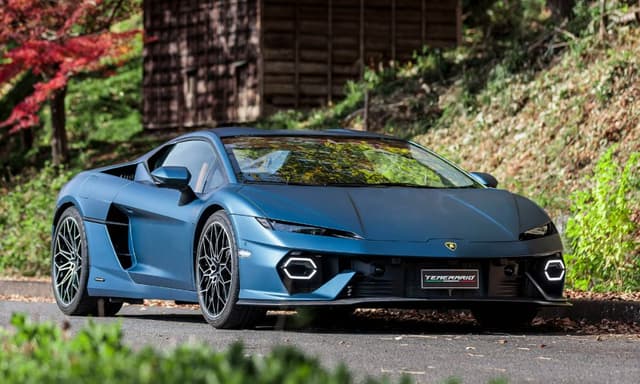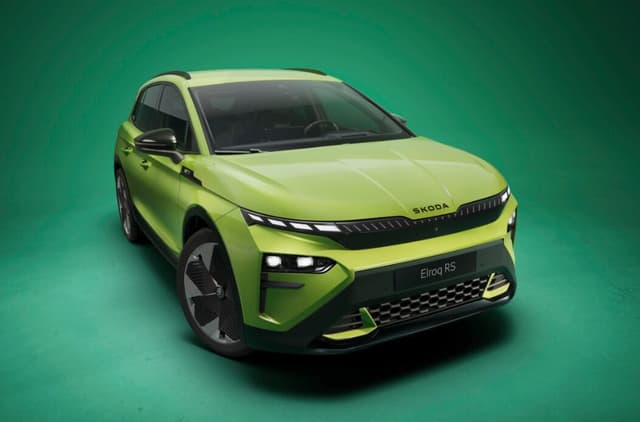Bajaj Plans Capacity Expansion as Pulsar Demand Regains Strength
As Bajaj fights to regain marketshare, it is seeing traction for its products, and will therefore have to expand capacity at its Chakan plant.

Highlights
India's biggest sport biker maker Bajaj Auto has lost marketshare over the past 15 months. In fact from being the strong number two to Hero's number one position, Bajaj has since been overtaken by both Honda and TVS too in monthly sales. Now as it fights to regain marketshare, it is seeing traction for its products, and will therefore have to expand capacity at its Chakan plant. Bajaj currently makes motorcycles at three locations. The plant in Waluj makes the Platina, CT100 and Discover as well as the Boxer for exports. Pantnagar is the location for the Platina and Discover family too. And it is at Chakan that its high displacement and also high-margin products are made, namely the Pulsar range, Avenger, Kawasaki Ninja and KTM brand bikes. Again the production focus here too is a mix of export and domestic sales.

The reason Bajaj is considering the move to a higher production output, despite seeing a decline in demand last year, is because it is now armed with a new range of products. The Pulsar family has now got the NS, AS and RS series - besides the existing 135, 150, 180, and 220 cc Pulsars. The AS and RS have now begun to add to the demand that Bajaj is once again seeing, and so there has been an 8% rise in month-on-month sales since January this year. In the last quarter of this fiscal Bajaj will also launch the CS 400 - where too it sees a stronger demand than many believe. The newly launched RS 200 has in fact seen a very strong market demand, resting in a supply crunch. When I met Eric Vas, President of Bajaj Auto's Motorcycle division, he told me the company is well aware of the waiting periods building up on the RS 200. He said, "Certainly we do have a slight capacity constraint on the race sport currently, we have customers who have been waiting for 45 days for that product and fortunately it is not something unmanageable, we are fairly competent at expanding capacity so we will hike capacity as the market goes along. Maybe it will take us a month, a month and a half to ramp up capacities a little bit, more because constraints at vendors rather than our end."
So in the short-term Bajaj will realign its production by tweaking the number of shifts and daily output from Chakan. But that will certainly not tide it over as demand continues to increase, and the new bikes - AS in particular gain traction in the domestic and export markets for Bajaj. Add to that the upcoming CS series and future products, and Bajaj know it needs to increase production output - and more so at Chakan which makes the more sophisticated products. "That is the part of the game. (At) the Chakan plant there is some discussion about capacity expansion", says Vas and expect a formal announcement on this from Bajaj by the second quarter of the current fiscal. At present Bajaj has the installed capacity to make close to 51 lakh motorcycles a year (Chakan plant capacity accounts for approx 12 lakh units), as compared to Hero MotoCorp's 70 lakh and HMSI's 48 lakh unit annual capacity.

The reason Bajaj is considering the move to a higher production output, despite seeing a decline in demand last year, is because it is now armed with a new range of products. The Pulsar family has now got the NS, AS and RS series - besides the existing 135, 150, 180, and 220 cc Pulsars. The AS and RS have now begun to add to the demand that Bajaj is once again seeing, and so there has been an 8% rise in month-on-month sales since January this year. In the last quarter of this fiscal Bajaj will also launch the CS 400 - where too it sees a stronger demand than many believe. The newly launched RS 200 has in fact seen a very strong market demand, resting in a supply crunch. When I met Eric Vas, President of Bajaj Auto's Motorcycle division, he told me the company is well aware of the waiting periods building up on the RS 200. He said, "Certainly we do have a slight capacity constraint on the race sport currently, we have customers who have been waiting for 45 days for that product and fortunately it is not something unmanageable, we are fairly competent at expanding capacity so we will hike capacity as the market goes along. Maybe it will take us a month, a month and a half to ramp up capacities a little bit, more because constraints at vendors rather than our end."
So in the short-term Bajaj will realign its production by tweaking the number of shifts and daily output from Chakan. But that will certainly not tide it over as demand continues to increase, and the new bikes - AS in particular gain traction in the domestic and export markets for Bajaj. Add to that the upcoming CS series and future products, and Bajaj know it needs to increase production output - and more so at Chakan which makes the more sophisticated products. "That is the part of the game. (At) the Chakan plant there is some discussion about capacity expansion", says Vas and expect a formal announcement on this from Bajaj by the second quarter of the current fiscal. At present Bajaj has the installed capacity to make close to 51 lakh motorcycles a year (Chakan plant capacity accounts for approx 12 lakh units), as compared to Hero MotoCorp's 70 lakh and HMSI's 48 lakh unit annual capacity.
Last Updated on June 11, 2015
Stay updated with automotive news and reviews right at your fingertips through carandbike.com's Google News
Related Articles
Latest News
Popular Bajaj Models
- Home
- News
- Electric Two-wheelers
- Bajaj Plans Capacity Expansion as Pulsar Demand Regains Strength














